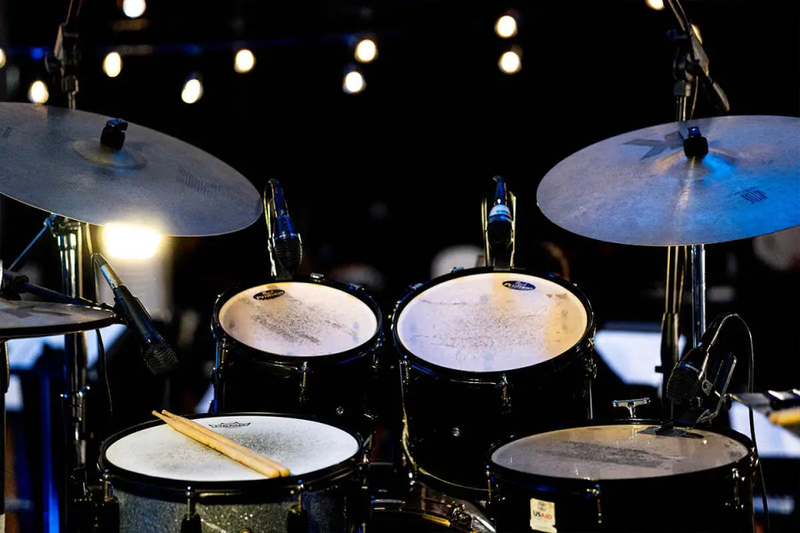From Indian percussion to South American patterns, each drum beat tells a story about cultural heritage, musical evolution, and rhythmic variety. Whether you\'re a seasoned drummer, a curious music enthusiast, or a person looking to get into the exciting world of drums, this article will explain the various sounds of types of drums.
Types of drums
Drums are percussion instruments that generate sound by striking a surface, typically a membrane or drumhead stretched across a resonant shell.
Each type of drum set has unique characteristics that make it suitable for a variety of musical situations and styles. Whether rooted in cultural traditions or pushing the boundaries of modern sound, these drum sets contribute to the rich tapestry of global percussion.
There are several types of drums in the world.
1. Acoustic drums:
Traditional drum sets are made up of physical shells, drumheads, and hardware such as a bass drum, snare drum, toms, hi-hats, and cymbals. Can be used in a wide range of musical genres.
2. Electronic drums:
- Make sounds with electronic pads or triggers.
• Modify sounds to match modern genres.
• Ideal for quiet practice or electronic music creation.
3. Hybrid drums:
- Combine acoustic and electronic drums.
• Use electronic triggers or pads in addition to standard components.
•Provide versatility and the ability to combine acoustic and digital sounds.
4. Orchestral drums:
- Classical orchestras rely heavily on timpani (kettle drums), snare, bass, and cymbals for dynamic and rhythmic support.
5. South American drums:
- Uses a variety of drums, including congas, bongos, cajon, timbales, and pandeiro. • Originates from Afro-Latin and indigenous traditions, and is essential in genres like salsa and samba music.
6. European drums:
- Drums like the bodhran, tabor, and tambourine are widely used in folk and medieval music traditions throughout Europe.
7. Indian drums:
- Include the tabla and mridangam instruments.
•Integral to classical Indian music, featuring complex rhythms and tones.
8. Goblet drums:
- The body is shaped like a goblet or chalice. • Drums from different global traditions, such as Djembe, Bougarabou, and Udu, are used.
Acoustic drums
Bass drum
- When the set\'s largest drum is played with a foot pedal, it produces deep, low-frequency tones.
• Versatility: It acts as the rhythm section\'s driving force across various genres.
• Style: Typically performed on beats 1 and 3 in a standard 4/4 time signature.
• Determine the rhythm and pulse of music.
Snare drum
- The snare drum is placed between the drummer\'s knees and produces a distinct, sharp sound through wires beneath. • The structure consists of wires or "snares" stretched across the bottom drumhead.
• Sound: When struck, it emits a sharp, cracking sound that frequently serves as the backbeat.
• Versatility: Use this drum to play accents, backbeats, and ghost notes.
Tom-tom(s)
- Toms can be mounted to a drum kit or stand alone.
• Use rhythm to generate melodic and resonant sounds.
• Applications include fills, accents, and dynamic variations in drum patterns.
• Drummers\' preferences influence the number and tuning of toms.
Hi-hat
- The structure consists of two cymbals mounted on a stand that can be played by pressing a foot pedal.
• The sound range consists of closed, tight "chicks" and open, sustained tones.
• Sound texture is useful for timekeeping, generating dynamic patterns, and adding texture.
• Combined with snare drums to produce complex rhythms.
Cymbals
- Available in a variety of styles, including crash cymbals for accenting, ride cymbals for rhythmic patterns, and splash cymbals for bright sounds.
• Positioned at various drum kit parts for flexible playing options.
• Dynamic: Enhances the drum set\'s overall character and dynamics.


